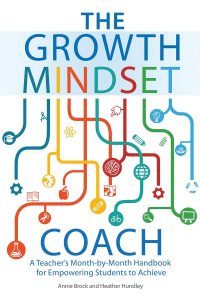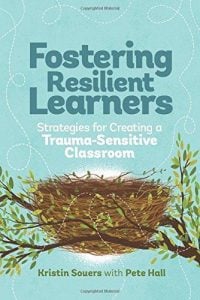Chapter 6-It’s Not About You
Oftentimes when we are working with others our own ideals and beliefs get in the way. What I mean by that is we may think that our way is the best way, and it is, for us. But we are not doing things for us. We are teachers who are there to empower our students to learn what works best for them. It is important that we do not force on them what works best for us. It is hard to let go of some of this control. Again I will use my son as an example, mainly because I am learning a lot from him and I am also learning, the hard way sometimes, that not everything needs to be done my way. Drake is required to help out with the chores in the house. As I have said before, I am a perfectionist and this does not limit itself to just school. One of his jobs is to clean one of the bathrooms in the house. I taught him the ways I expect the bathroom to be cleaned. We did it together a few times and then I left him to it when I felt he was ready for the task. He started on the job and what seemed like hours later, he finally said he was done. There was water everywhere, the dirty cloth was still in the room, the sink and tub were still filled with water, but man did he do a great job. He did everything he knew was needed-the sink and counter were clean. The tub shined and the toilet was no longer covered in urine. Every time I went in to check on him I was frustrated-he was not doing the cleaning in the same order I had taught him, his cloth was too wet- but in the end, he was able to complete the task in a way that worked for him and although there was some tweaking that was in order, he had done a great job.
Kristin Souers indicates in this chapter the power of communication. Our words and our tone are everything when talking with others. She gives us six steps to help us communicate more effectively with people when there is a crisis or a conflict. I am sure that had I used these six steps in the situation above maybe our tempers would not have risen and I could have given my son the love and admiration he deserved at the time.
- Listen-actually listen to what the other person has to say
- Reassure- let the person know that they and their feelings are important
- Validate- let the person know that what they are feeling is acknowledged as their truth and experience. Remember that this is about them and not about us so do not feel attacked-these are simply their feelings and experiences
- Respond- explain in your own words what has happened based on what that person has just told you
- Repair-recognizing that the other person was hurt in some way and apologizing in earnest will go a long way in maintaining a relationship
- Resolution- come to terms with what happened and take steps to not repeat the same situation in the future
If we focus on the other person in the situation rather than ourselves we can better see from their perspective. In doing so we can be more successful in our interactions with them in the future. Remember, as Souers says “you are doing the best you can with what you have in the moment.”
Have you ever followed a similar plan when communicating with someone during a heated or emotional disagreement? If not do you think it would have changed anything?
Are there situations in which you have demanded someone to do things your way? How did they turn out? What could have happened if you had let them do it in their own way?

